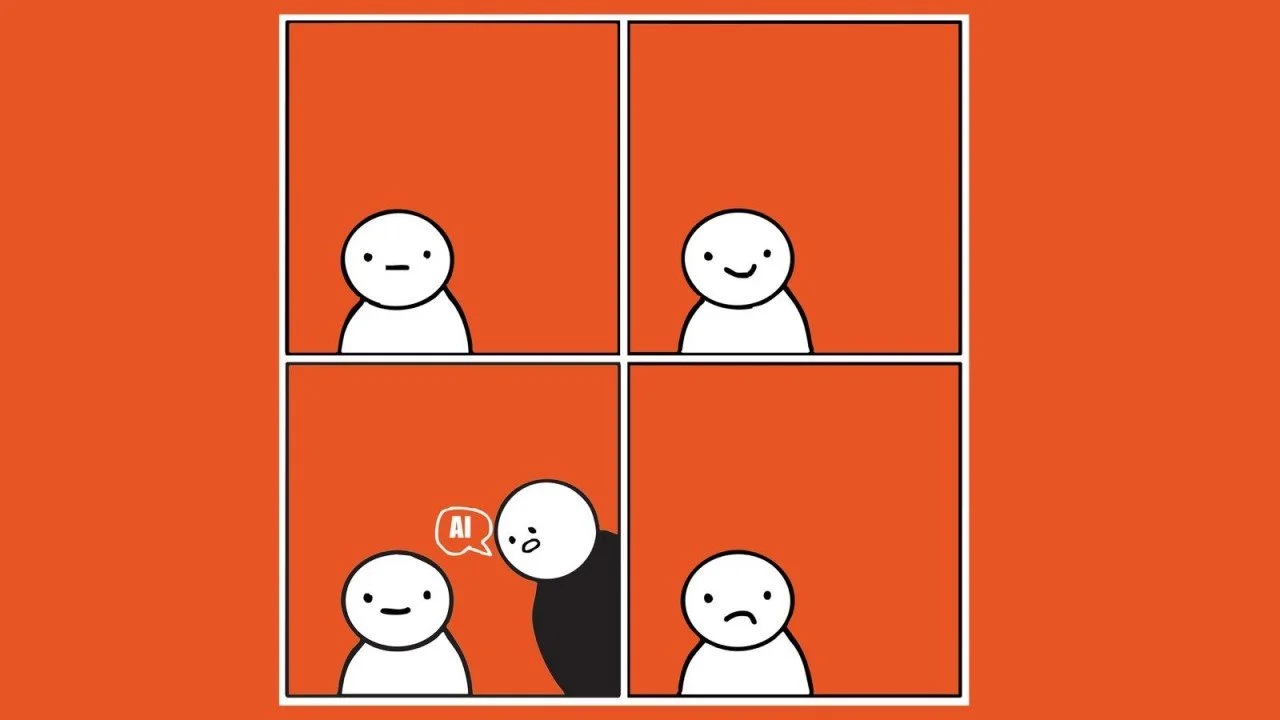It’s time to reframe what creativity means.
Old creative process: Think → Make → Share
New one: Prompt → Overwhelm → Disconnect
If you’ve felt uneasy watching AI create better, faster, and cheaper—this post is for you.
As people who’ve worked closely with generative AI, we understand the unease. There’s a palpable grief in watching machines not just assist creativity, but actually create it on their own. We’re not just facing a new tool; we’re facing a shift in what it means to be a creator.
The communication industry, in particular, is especially vulnerable. In the past, creative ‘thinkers’ were the ones solving business problems, developing strategies, and then hiring ‘makers’ to bring those ideas to life; whether through photography, design, or copywriting.
But the digital transformation of the last few decades allowed makers to take over the creative process, with technology enabling them to produce content without the need for deep strategic thinking. With generative AI, this ongoing digital transformation will be like content creation on steroids.
As a Google executive recently put it: "AI isn’t just a hammer; it’s also the carpenter."
Machines no longer just help with creation; they create on their own. And that changes everything about the process of content creation.
It’s an unsettling thought: machines can now make content ‘look’ creative.
But can it make meaning?
Rick Rubin, one of the most influential music producers of our time, says:
“The job of an artist isn’t to give the audience what they want. It’s to give the audience what they don’t know they need yet.”
Rubin, known for his work with artists like Johnny Cash and the Beastie Boys, has a unique ability to create an environment where artists tap into their deepest creative potential. His approach is rooted in sparking something in the human spirit. Not just pushing buttons.
Machines can imitate style. They can remix, reshape, and recombine. But they cannot long for meaning. They don’t NEED to create. They’re not haunted by mystery, or heartbreak, or wonder.
And maybe that’s our new edge.
Machines make. Humans make meaning.
So maybe the future belongs less to the ‘makers’ and more to the creative curators, thinkers, editors, and distillers; those who choose what not to include.
Rubin again: ‘The art is in the choice.’
Five things creatives, and other human beings, can do today to stay ‘meaningful’ in the age of AI:
1. Shift from production to curation Treat AI like a chaotic first-draft generator. But never confuse it for your final voice. The real artistry is in what you keep, not just what you make.
2. Train your taste, not just your tools The most irreplaceable asset in an AI-saturated world? Taste. Develop a point of view. Your sensibility becomes your brand.
3. Make things that can’t be scraped Live events. Embodied experiences. Limited editions. The rare, the personal, the weird. Things that algorithms can’t replicate or understand.
4. Design for depth, not just reach Don’t chase virality. Cultivate intimacy.
5. Stay curious, not defensive AI isn’t going away. But neither is your curiosity. Use the tools. Break them. Repurpose them. Make something unexpected. ‘When the world zigs, zag.’
The American writer Ursula K. Le Guin called artists the ‘realists of a larger reality.’ In the coming years, as synthetic stories flood our screens and bots talk to bots, the role of the artist isn’t to out-produce the machine but to out-perceive it.
This could be the start of a new creative renaissance. But only if we choose to show up for it.
Fully human. Fully awake.
🌀 Ready to make meaningful things again?
Let’s make meaning together → at The Think Room

